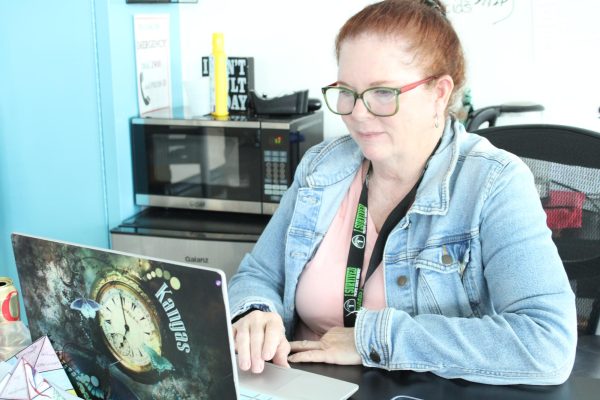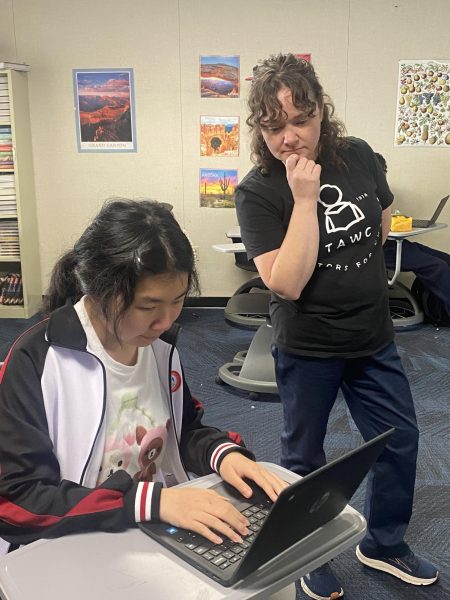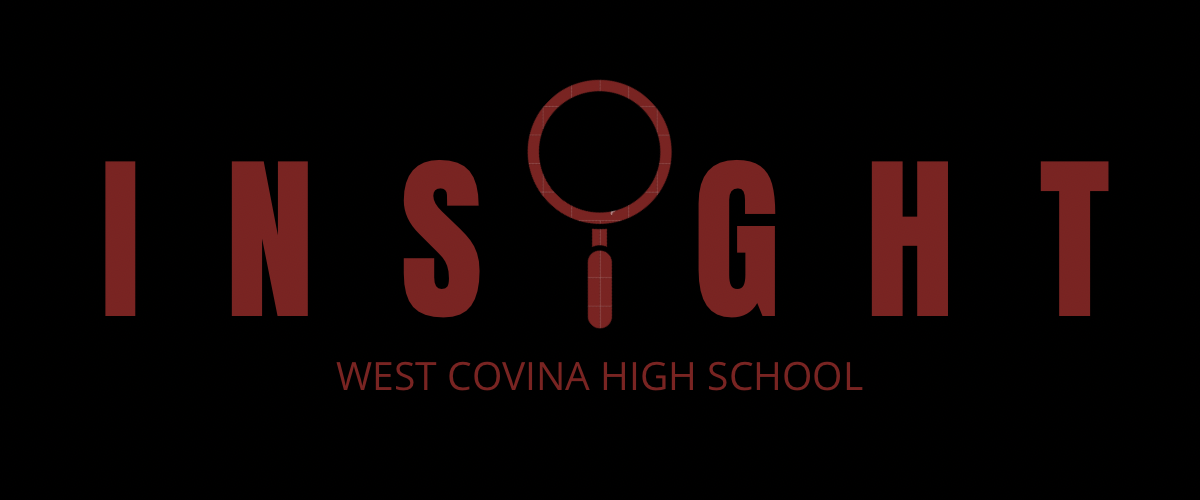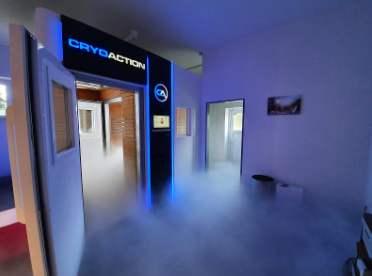Credit recovery courses began on Sep. 22 to sophomore and junior students to have an opportunity to make up classes that are required for graduation. These classes use an online curriculum, Edgenuity which helps students earn credits.
In recent years, classes have been offered in summer school, and on campus as a zero period, Monday through Thursday from 7:30 a.m. to 8:20 a.m, and utilize Edmentum. This is the first year teachers and students use Edgenuity, and students will be capable of logging in and working from home to complete their classes.
Biology teacher Charmaine Kangas, also an instructor for world history and biology credit recovery classes, is familiar

with how the curriculum is designed for students.
“It’s designed so that students can work online. We have a new program called Edgenuity, it’s got built-in AI and built-in checks for plagiarism. The students work at a certain pace and have to complete and pass tests in order to get credit for the course,” Kangas said.
The built-in artificial intelligence (AI), or ‘Generative AI Detector’ of Edgenuity, goes through a training that uses similar algorithms such as “N-grams, sequences of ‘n’ items from a given sample of text, help in understanding context and predicting the likelihood of certain word combinations appearing in human vs. AI-written text,” according to LongShot, an AI writing assistant used to create long form content, like blogs and articles, provides an explanation behind how AI content detectors work.
It’s a technique used to understand context and predict human text, or AI text. Digital media teacher Drew Lorenger and the instructor for all social sciences and elective credit recovery classes, at times faces difficult tasks with students.
“The biggest challenge they face is staying on pace and showing up in the morning to tell you the truth. We support them by keeping up on grades, getting on their case a little bit in a friendly way if they’re falling behind. And we also call or send text messages to their parents if needed, about their progress,” Lorenger said.
An alternative offered for students who are behind on credits and have a low chance of graduating will transfer to Coronado High School to have another opportunity to graduate. To prevent that, the administration has to use different approaches to encourage students.
“Admin has used various techniques to motivate students. Sometimes, when they fall behind, their social privileges have been revoked until they get caught up,” Lorenger said.

Since Edgenuity is new to teachers and students, they are both learning how to operate it. Staying motivated is a big factor of staying on progress, Abril Bernardo-Perez, senior, currently takes an English credit recovery course, and Edgenuity assists her with staying focused.
“I think it’s good. I think it also like it gives you your progress, it helps you gives you like it just helps you keep more, be more on task, stay focused and it gives you challenges,” Bernardo said.
Edgenuity uses interactive content such as videos, animations, simulations and virtual labs. It is a functional way to encourage students to continue working and stay on track. English teacher, Amanda Vivas has 19 years of teaching experience, but currently teaches English credit recovery, still continues to adapt.

“Well, right now, I’m still learning how to use the Edgenuity program, so I’m brand new, just like they are, and it is often difficult if the teacher is brand new, along with the students,” Vivas said.
Edmentum goes “beyond providing the latest learning technology. Edmentum partners with you to solve problems, address challenges, and make your goals for student learning achievable,” according to Edmentum. Edmentum is more focused on personalized learning, programs are built on research, and it provides support for teachers.
On the other hand, Edgenuity has added on-screen instruction for teachers and utilizes a different set of tools for both teachers and students, according to Edgenuity. Teachers, such as Kangas, utilize the automatic plagiarism checker on Edgenuity.
“We’re using Edgenuity now because Edmentum did not have built-in AI and plagiarism. You know, we’re able to see the source from where the kids get information if they plagiarize or use AI. Edmentum also does not have all the resources that Edgenuity has,” Kangas said.
The shift to Edgenuity helps discourage the use of AI and plagiarism amongst students. Student’s chances of doing their own work will be higher instead of attempting to turn in plagiarized work, or use AI to do it for them.







